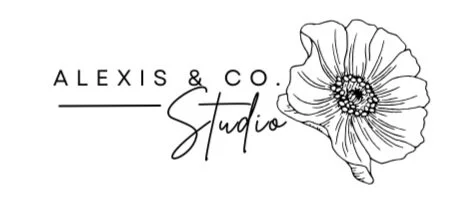What is “Clay Field Therapy”?
In a world that often demands we “use our words,” Clay Field Therapy offers something radically different—an invitation to return to the language of the body. This therapeutic approach does not rely on verbal narrative or artistic skill. Instead, it welcomes the individual into a sensory dialogue through touch, movement, and instinct. Clay Field Therapy is not about shaping an object to be admired; it is about shaping one’s inner world through direct, embodied contact with earth and self.
Clay Field Therapy was developed by German artist and therapist Heinz Deuser and later expanded upon by Cornelia Elbrecht, founder of the Institute for Sensorimotor Art Therapy. This modality is grounded in neuroscience, attachment theory, and somatic psychology. It is rooted in the belief that early relational wounds, developmental gaps, and trauma are often encoded not in language but in the body—particularly in the sensorimotor system (Elbrecht & Antcliff, 2014). In this context, healing is not simply a top-down cognitive process but a bottom-up, embodied one. When a client places their hands in the clay field—a wooden box filled with about 10–15 kilograms of moist, warm clay—they are not asked to perform or produce. They are asked to feel.
The clay field becomes a living space that reflects the client’s internal world. It is non-judgmental, responsive, and grounding. The weight, texture, and resistance of the clay provide immediate feedback, activating what researchers call a "sensorimotor loop"—a cyclical process of movement, sensation, and emotional resonance (Elbrecht, 2018). This interaction between hand and clay mirrors the way our nervous system constantly scans the environment for safety, connection, and meaning (Porges, 2011). By allowing the hands to move freely, often with eyes closed, the body accesses implicit memory and preverbal experience—those moments in early life that shaped how we relate to ourselves, others, and the world.
For children and adults with histories of complex trauma, developmental delays, attachment disruptions, or sensory integration challenges, the clay field becomes more than a therapeutic material. It becomes a relational space. Within the safety of the therapeutic relationship and the consistency of the medium, the client explores boundaries, assertiveness, repair, and regulation—often without speaking a word. One child may flatten the clay to reclaim a sense of control. Another may push deeply into it, seeking containment. An adult survivor of trauma may tentatively begin to explore form and contact, eventually creating symbolic gestures of emergence, rupture, or repair.
Unlike traditional art therapy, the goal in Clay Field Therapy is not to interpret the product or assign symbolic meaning. Rather, the therapist attunes to the quality of movement, presence, and regulation. This work is deeply grounded in attunement, mirroring, and co-regulation. When the client experiences safe connection while engaging in a tactile, embodied task, new neural pathways are forged—ones that support integration, self-trust, and resilience (Schore, 2003).
Studies have shown that sensorimotor-based therapies such as Clay Field Therapy can help reduce anxiety, improve emotional regulation, and support trauma processing by working directly with the nervous system rather than through verbal processing alone (Ogden & Fisher, 2015; Elbrecht & Antcliff, 2014). This approach is particularly effective for individuals who have struggled to access healing through talk therapy or who find words inadequate to capture their experience.
Clay Field Therapy reminds us that healing is not always loud. Sometimes it is the quiet press of a hand into clay. It is the moment the body remembers something it never had words for and begins to rewrite the story—not through sentences, but through sensation, weight, and form. This is where transformation happens. Not all trauma can be told—but much of it can be touched.
References
Elbrecht, C., & Antcliff, L. R. (2014). Being touched through touch. Trauma treatment through haptic perception at the clay field: A sensorimotor art therapy approach. International Journal of Art Therapy, 19(1), 19–30. https://doi.org/10.1080/17454832.2014.880932
Elbrecht, C. (2018). Healing trauma with guided drawing: A sensorimotor art therapy approach to bilateral body mapping. Jessica Kingsley Publishers.
Ogden, P., & Fisher, J. (2015). Sensorimotor psychotherapy: Interventions for trauma and attachment. W.W. Norton & Company.
Porges, S. W. (2011). The polyvagal theory: Neurophysiological foundations of emotions, attachment, communication, and self-regulation. W.W. Norton & Company.
Schore, A. N. (2003). Affect dysregulation and disorders of the self. W.W. Norton & Company.
Sensorimotor Art Therapy. (n.d.). Clay Field Therapy. Retrieved from https://www.sensorimotorarttherapy.com/clay-field-therapy
